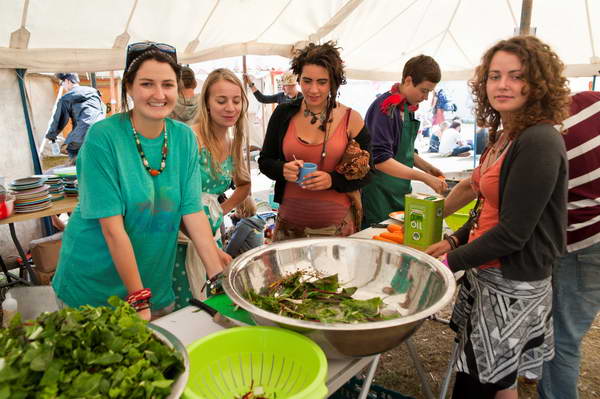That was the question posed to 18 photographers by Feature Shoot, a web site I don’t remember coming across before that was started in 2008 by Brooklyn-based picture editor and curator Alison Zavos and aims to showcase “the work of international emerging and established photographers who are transforming the medium through compelling, cutting-edge projects.”
The actual question was “Do You Always Get Permission From People That You Photograph?” and you can read the responses from all 18, together with links to their work on the web so you can see the kind of work they produce. As several of them make clear this is of course a vital context for the question.
Do I ask? Sometimes. Mostly I don’t because there is no need to, as there is an implied permission in the situation. People in general take part in protests to gain publicity for a cause and are pleased that you take an interest and want to photograph them. Or they are at other events where being photographed is a part of taking part.
Of course there are exceptions. Occasionally people at protests will tell me they don’t want to be photographed or will hide behind a placard when I raise a camera in their direction. If they do so, usually I simply don’t take a picture, as most often their face would have been a vital part of the image. Though in most cases they will actually appear in other photographs I’ve taken of the event. If anyone actually objects to my photographing them, I have to take their objection seriously, though it won’t necessarily stop me taking a picture or deleting an image I have already taken. I ask myself a question – is there a genuine public interest in taking this photograph? And try to answer it as honestly as I can.
With protests, people who don’t want their faces shown have a simple option – to wear a mask of some sort. Police may occasionally instruct people to remove masks (although they now appear to have conceded that people may do so – and the police are also often masked) but photographers never do. Masks add a certain mystery and that’s always a good thing in a photograph.
Even at protests I’ll often ask if I can photograph someone, often just by gesture, but only when I want to make something that is more a portrait of them rather than an image showing the action. Its more a matter of getting their attention rather than their permission, and is usually the most I do to direct the people I’m photographing,though just occasionally I will ask someone to look at the camera – particularly these days when so many spend almost all their time looking at their phones.
Outside of those events and occasions where there is at least some implied consent, I think my approach is simply pragmatic, and again based on some questions:
- Do the people I am photographing have a reasonable expectation of privacy – or would my picture be an unreasonable intrusion?
- Would my taking a picture without asking upset or disturb them?
- Is there a good artistic reason for taking an image without consent? Or for asking if I may take a photograph?
But if you are not sure, take the picture. As one one my friends commented on line when Tony Olmos posted a link to the Feature Shoot article this morning on Facebook, “I’d always rather give an apology than lose a picture.” Spot on David Hoffman.
It also depends on usage – whether the photograph is for commercial, editorial or artistic purpose. When some Magnum street photographers photographed for commercial use I understand they were accompanied by a team of supporters with pads of model release forms, while for editorial or artistic work these are seldom if ever needed. I can probably count on the fingers of one hand the number of model releases I have bothered to obtain over the years. Two hands at most.

One of the most difficult places from this aspect that I’ve worked in was Climate Camp. I’d more or less avoided it in earlier years simply because of their ‘Photography Policy‘ (and in 2007 had been prevented by police from getting there), but in 2009 was persuaded by the late Mike Russell, perhaps better known as ‘Mini Mouse’, who organised the media coverage of Climate Camp, to go and photograph officially – and I was issued with a sash denoting me as an official photographer. Despite this there were still people who objected to being photographed through some misguided idea about their human rights. It was an attitude that had a negative influence on my own work over many years from the late 70s on.
Get over it, if you are in public, you are in public.
______________________________________________________
My London Diary : Buildings of London : River Lea/Lee Valley : London’s Industrial Heritage
All photographs on this and my other sites, unless otherwise stated, are taken by and copyright of Peter Marshall, and are available for reproduction or can be bought as prints.
To order prints or reproduce images
________________________________________________________